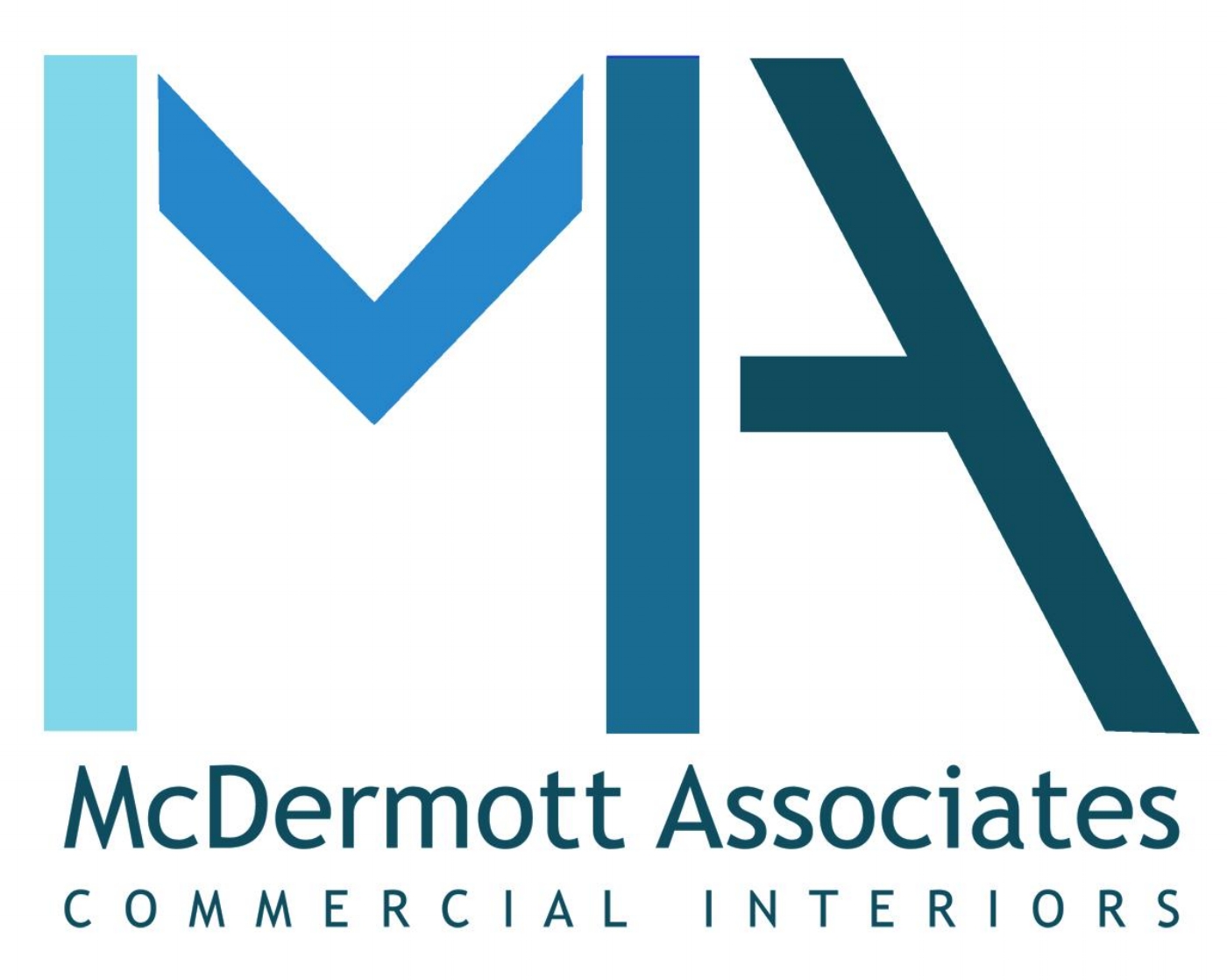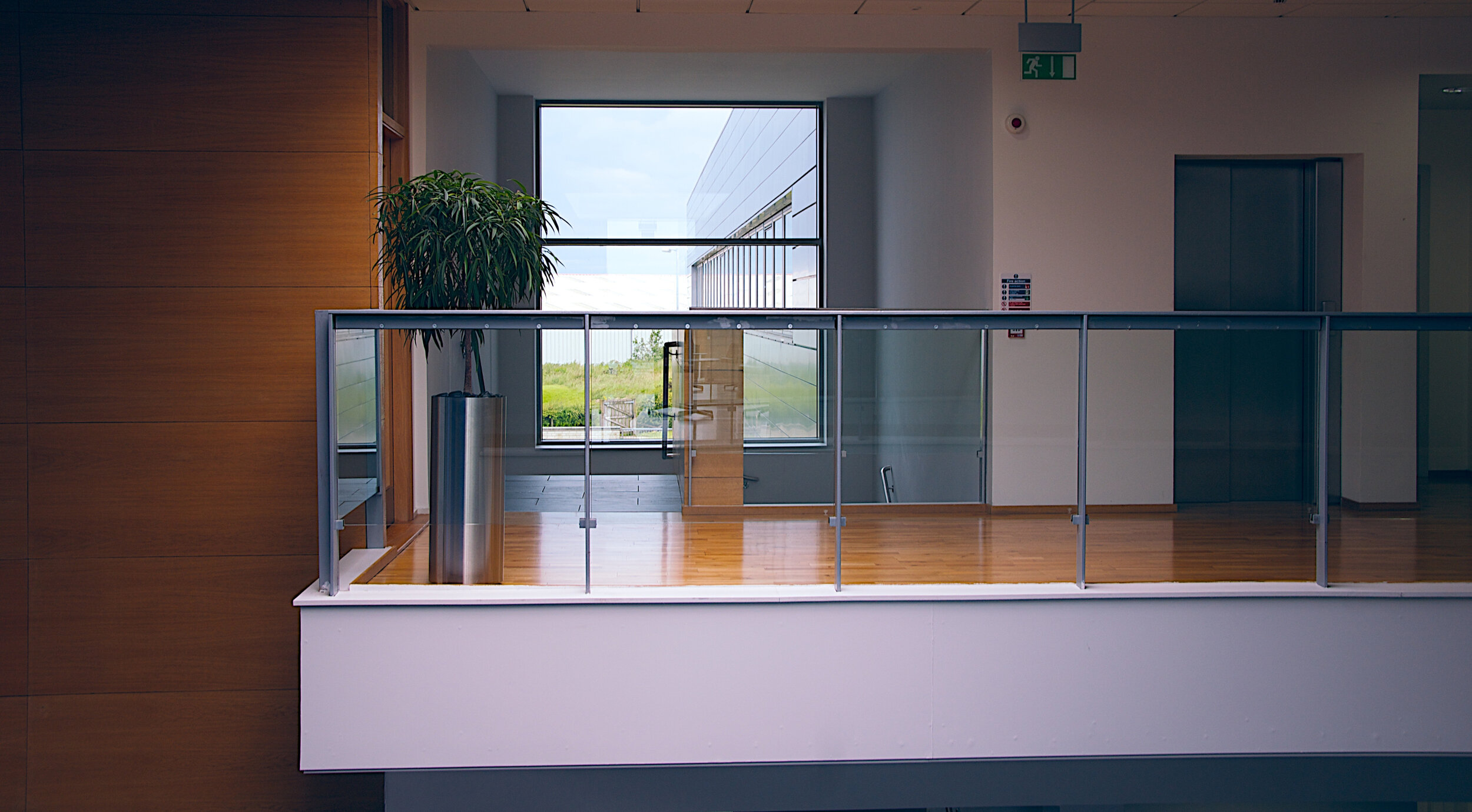What is biophilic design?
More than adding plants to an office space, biophilic design incorporates natural elements into the design of workplaces and commercial spaces creating a calm, inviting, and creative environment for employees and guests.
Few examples of direct and indirect experience of nature in architecture
Natural light is crucial for humans to function in proper and productive way. Ideally every user should have access to windows which allow orientation of time day and season and is attributed to wayfinding and comfort.
Bringing vegetation to the interior spaces of buildings provide a direct relationship to nature. Plants have been proven to increase physical health, performance, productivity, and reduce stress. Designers encourage their clients to introduce potted plants and green walls into their organizations’ spaces.
Natural colors or “earth-tones”,
are those that are commonly found in nature and are often subdued tones of brown, green, and blue. When using colors in buildings, they should represent these natural tones. Brighter colors should only be used sparingly.
Transitional spaces aim to connect interior spaces with the outside or create comfort by providing access from one space to another environment. Designers incorporate diverse space and zone types into their project to provide interesting and stimulating experience for users.
People prefer natural materials as they can be mentally stimulating. Natural materials are susceptible to the patina of time. These materials can be incorporated into buildings through the use of natural finishes like wood, stone, leather or wool.
It has been proven that images of nature are emotionally and intellectually satisfying in interior spaces. Images of nature can be implemented through paintings, photos, sculptures, murals, videos.
Bringing these natural elements into our indoor environments has many benefits.
Properties with biophilic design also benefit from higher selling prices, with many selling at 16% more than conventional buildings.
Let’s get back to the roots!





